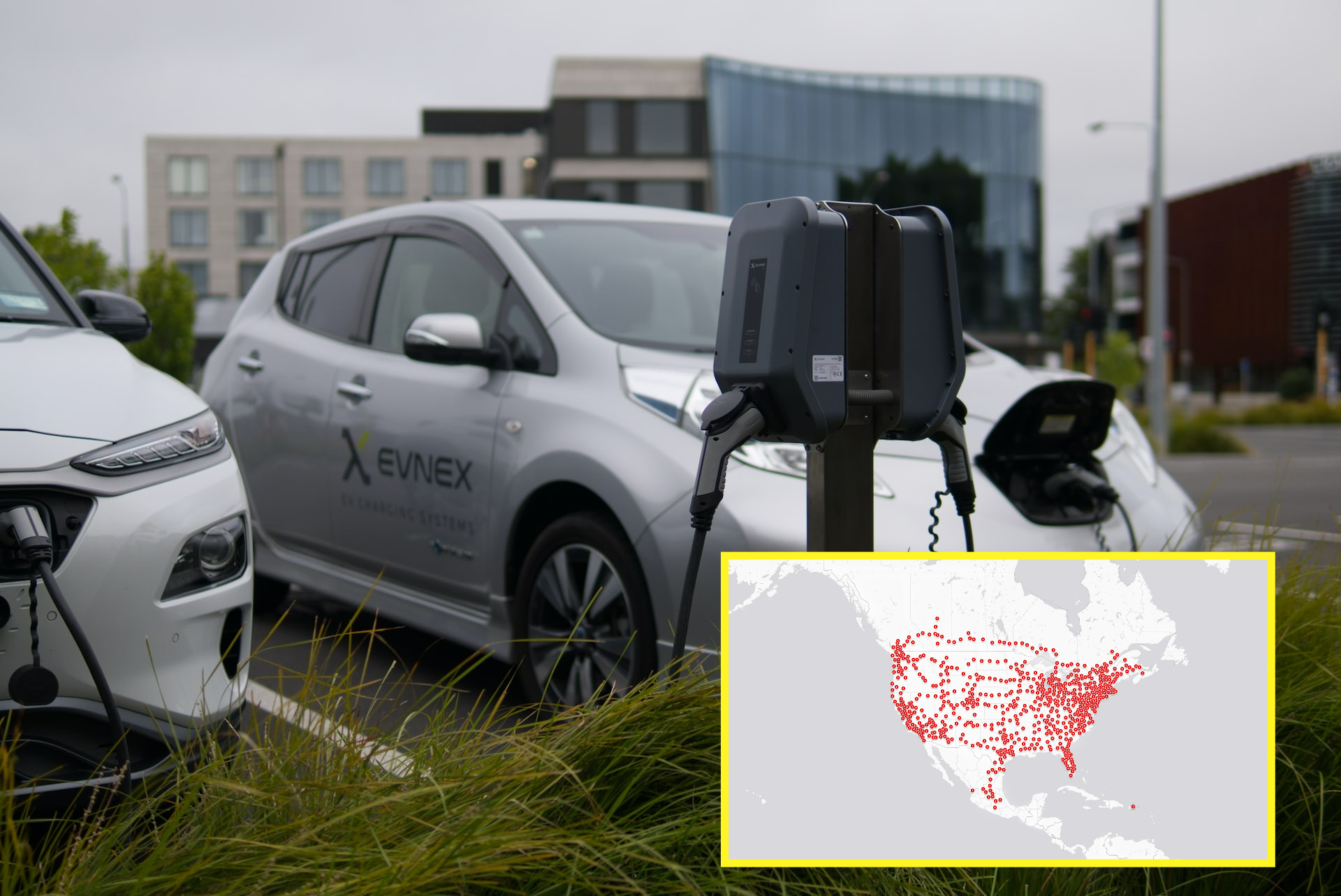The State of EV Chargers

Currently, there are more than 26,000 EV charging stations in the United States. Of these, over 85% are level 2 chargers, which provide up to 20 miles of range per hour of charging. DC fast chargers, which can provide up to 80% of battery charge in 30 minutes, make up the remaining 15%.
Despite the increasing number of EV chargers, there is still a need for more charging infrastructure to support the growing number of EVs on the road. In order to achieve widespread adoption of EVs, there needs to be an adequate number of charging stations available within a reasonable range of travel.
Types of EV Chargers
Level 1 Chargers
Level 1 chargers are the most basic type of EV charger and are typically included with the purchase of an EV. They are designed to be plugged into a standard 120-volt outlet and provide around 2-5 miles of range per hour of charging. While these chargers are useful for overnight or emergency charging, they are not recommended for daily use.
Level 2 Chargers
Level 2 chargers are the most common type of EV charger and provide faster charging rates than level 1 chargers. These chargers are typically installed at home or in public locations and can provide up to 20 miles of range per hour of charging. Level 2 chargers require a 240-volt outlet, which is the same type of outlet used for large appliances like dryers and ovens.
DC Fast Chargers
DC fast chargers are the fastest type of charger available and can provide up to 80% of battery charge in 30 minutes. These chargers are typically located along major highways or in high-traffic areas, making them ideal for longer trips. DC fast chargers require a higher voltage and current than level 1 and 2 chargers, which makes them more expensive to install.
The Future of EV Charging
As the market for EVs continues to grow, the demand for charging infrastructure will continue to rise. Automakers and charging companies are investing heavily in the development of new charging technologies and expanding the number of charging stations available.
One of the latest developments in charging technology is wireless charging. This technology allows EVs to be charged by simply parking over a charging pad, eliminating the need for cables and plugs. While wireless charging is still in the early stages of development, it has the potential to revolutionize the way we charge EVs.
Another trend in EV charging is the integration of solar power. This technology allows charging stations to use solar panels to generate electricity, which reduces the reliance on the grid and makes EV charging more sustainable.
Conclusion
EV chargers are essential for the widespread adoption of EVs, and the market for EV chargers is growing rapidly. There are various types of chargers available, including level 1, level 2, and DC fast chargers. As the market for EVs continues to grow, we can expect to see more developments in charging technology and an expansion in the number of charging stations available.
Keywords: Charger Ev, electric vehicles, EV charging, EV chargers, level 1 chargers, level 2 chargers, DC fast chargers, wireless charging, solar power.